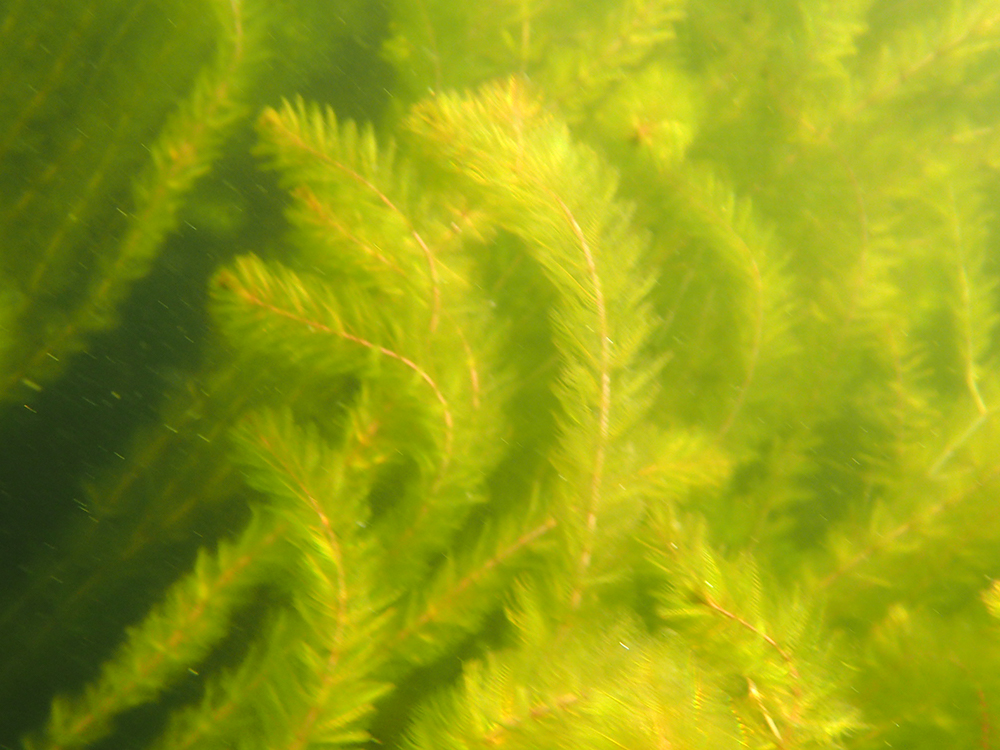Drag and Spruce Lake Property Owners’ Association lake steward Bert Bicknell has spent the past four years trying to combat the spread of the infamous “zombie plant” in Drag Lake.
The association has cordoned off the patch of Eurasian Milfoil. The invasive species, which earned its nickname from multiplying even when cut, is known to reduce biodiversity, reduce oxygen levels and hinder recreational activity.
Fearing its spread, the association tried to introduce new technology – coconut fibre mats – to stomp out the milfoil this summer. But Bicknell said the group has run up against provincial regulations, costing them a season of work.
Bicknell said for lake stewards, addressing invasive species like this can be difficult – if not impossible.
“We are aware that it’s important to check for them, but there’s very few things we can do to prevent them,” Bicknell said.
Eurasian Milfoil has not yet sprung up in other Haliburton lakes but has grabbed headlines for its spread in places such as Quebec. It has also spread to several lakes in the Kawarthas, whether through boats, fishing gear or water currents.
The association has connected with Trent University professor Eric Sager, who has worked with other lake associations with the fibre mats. The mats are placed over the milfoil to prevent growth. They are also biodegradable, introducing new competition for the milfoil to deal with.
But Bicknell said it was unable to get the approvals it needed from the Ministry of Natural Resources and Forestry to install the mats, due to the association not being an incorporated entity.
“We have applied but it takes several weeks to get that,” Bicknell said. “We hope that we will get approval to do it next spring.”
Although the plant has yet to spread far, Bicknell said the association remains fearful that could happen if it is not addressed quickly enough. He added there have been reports of Milfoil parts drifting into other areas of Drag Lake.
“What we’re really worried about is the possibility it could spread substantially,” Bicknell said.
However, Sager said those fears may be exaggerated. Sager said the biggest impact of Milfoil is on human activity. He noted the milfoil can create a good habitat for fish and said news coverage has exaggerated how much harm it really does to lake health.
“People get desperate with this plant and they just want to try,” Sager said. “There’s a fear with it that it’s going to destroy their lake so they want to try and stop it. Whether that fear is a realistic fear or not, that would be up for debate.”
But despite the challenges and costs involved, Bicknell said the association is intent on addressing the zombie plant sooner rather than later.
“It could propagate significantly and cause many more problems,” Bicknell said.





